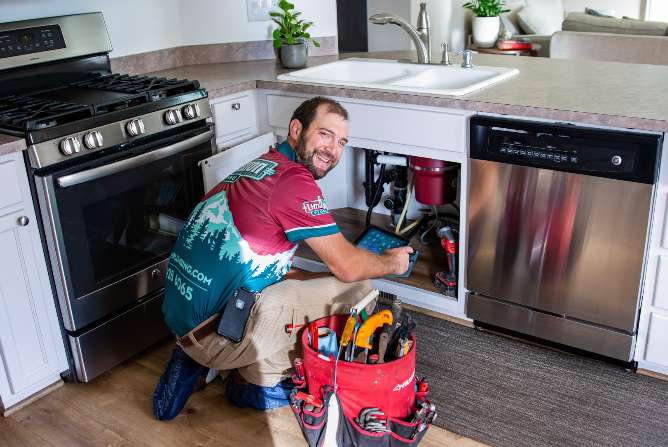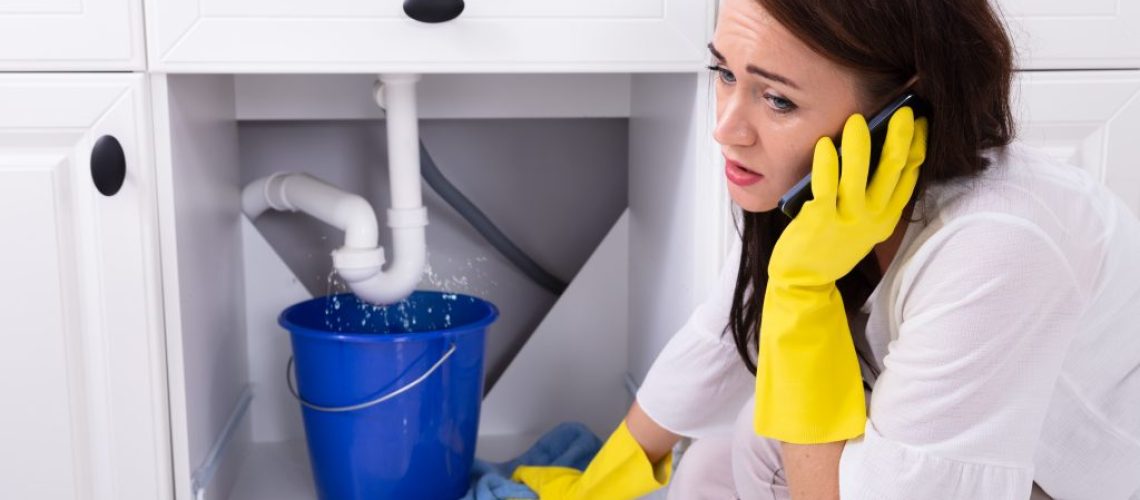The publisher is making a few great annotation relating to When to DIY and When to Call a Professional Plumber in general in this post further down.

Introduction
Pipes issues can range from minor aggravations to significant headaches, commonly motivating home owners to make a decision in between tackling the issue themselves or calling a professional plumbing professional. Knowing when to DIY and when to seek specialist help can save time, cash, and prevent potential disasters. This article checks out the aspects to take into consideration when making this important choice.
Benefits of Do It Yourself Plumbing
Taking on plumbing jobs on your own can be rewarding in a number of means, especially for less complex tasks.
Expense Cost savings
Do it yourself pipes projects usually save money by preventing specialist service fees. Tasks like repairing minor leaks, changing taps, or mounting new showerheads are instances where homeowners can take care of repair work without working with a plumbing professional.
Skill Enhancement
Participating in do it yourself plumbing offers a possibility to find out and enhance functional skills. Fundamental tasks equip house owners to recognize their plumbing systems better and obtain confidence in taking care of small repair work independently.
Threats of Do It Yourself Pipes
While DIY projects supply advantages, specific threats must be meticulously considered prior to attempting repairs.
Intricacy of Tasks
Some pipes problems call for specific knowledge and devices past common home owner abilities. Mishandling complicated problems can result in further damage and pricey repair services.
Safety Problems
Dealing with pipes systems entails risks such as exposure to water damages, potential for electrical threats, and dealing with tools inaccurately. Safety preventative measures should be observed to avoid crashes and ensure effective repair services.
Indicators to Call a Specialist Plumbing Professional
Identifying when a pipes issue exceeds DIY abilities is critical to preventing intensifying troubles.
Indicators of Complex Concerns
Examples include:
Prompt professional treatment is necessary to deal with these concerns effectively and lessen damages.
DIY Plumbing Tips
For successful DIY pipes, it's necessary to be prepared with the right tools and follow correct treatments.
Standard Devices and Products
Key devices for DIY plumbing:
Step-by-Step Guides
Clear directions make sure secure and efficient DIY repair work:
Picking the Correct Time to DIY
Determining when to tackle plumbing jobs yourself requires assessing both the complexity of the issue and individual comfort levels.
Analysis List
Think about:
When to Most Definitely Call a Professional
Specific circumstances demand immediate professional attention to avoid substantial damage or safety hazards.
Instances consist of:
Searching for and Working With a Specialist Plumber
Choosing a qualified plumbing professional ensures trusted service and peace of mind in dealing with pipes problems.
Standards for Choice
Aspects to think about:
Expense Analysis: do it yourself vs. Expert Providers
Comparing the financial implications of do it yourself initiatives versus expert pipes services helps in making notified decisions.
Financial Considerations
Evaluate:
Final thought
Deciding whether to do it yourself or call an expert plumbing technician hinges on comprehending the intricacy of plumbing issues and personal capabilities. By weighing the benefits and dangers, homeowners can make enlightened choices that advertise effective upkeep and safeguard their homes from plumbing catastrophes.
DIY vs. Professional Plumbing Repairs: When to Call a Pro
When dealing with plumbing issues or embarking on renovation projects, homeowners have to decide whether or not they want professional help with their home’s plumbing system. While master plumbers can complete just about any plumbing project, they can cost a pretty penny. On the other hand, DIY plumbing projects can very quickly go awry, which can make things worse.
In this blog, we’ll explore common plumbing projects that homeowners can confidently tackle, provide insights into the essential tools needed, and discuss critical DIY mistakes to avoid. Understanding these distinctions not only helps in maintaining the efficiency and longevity of your home’s plumbing system but also ensures safety and cost-effectiveness in your repair endeavors.
Installing/Replacing Certain Plumbing Fixtures
Most homeowners should be able to install new plumbing fixtures or replace old ones that are damaged or old. Using basic tools, you should be able to effectively:
Replace faucet washers or cartridges Replace showerheads Install a new toilet seat Hook up new appliances Replace hose bibbs Unclogging Drains
You should also be able to fix any clogged drains within your home by using a plunger, plumber’s snake, or natural solutions like baking soda and vinegar. These can often clear clogged sinks or bathtubs without needing professional drain cleaning assistance.
Fixing Running Toilets
Another plumbing issue many homeowners may be able to handle is a running toilet. Toilets may run more than they should due to a faulty flapper or float inside the tank. Toilet replacement parts are easy to find and often come with easy-to-follow instructions.
Repairing Leaky Faucets
A dripping faucet can not only be an annoyance, but it can also be a waste of water. Leaky faucets can normally be fixed with basic tools and a basic understanding of how they work, making them easy to fix.
Adjusting Water Heater Temperature
If you are able to follow basic safety precautions, you should be able to adjust the temperature on your hot water heater, which can improve your home’s energy efficiency and also increase comfort.
Fixing Minor Leaks in Pipes
For small plumbing leaks, particularly ones at pipe joints, using plumbing tape or a patch kit can be a temporary fix while you decide on a more permanent solution. Repairing broken pipes, however, can be more difficult and may require professional attention.

Do you really like reading about DIY vs. Professional Plumbing Repairs: When to Call a Pro? Try leaving a remark further down. We'd be glad to hear your thoughts about this post. Hoping to see you back again in the future. Please set aside a second to share this article if you appreciated it. Thanks for being here. Return soon.
Request Service